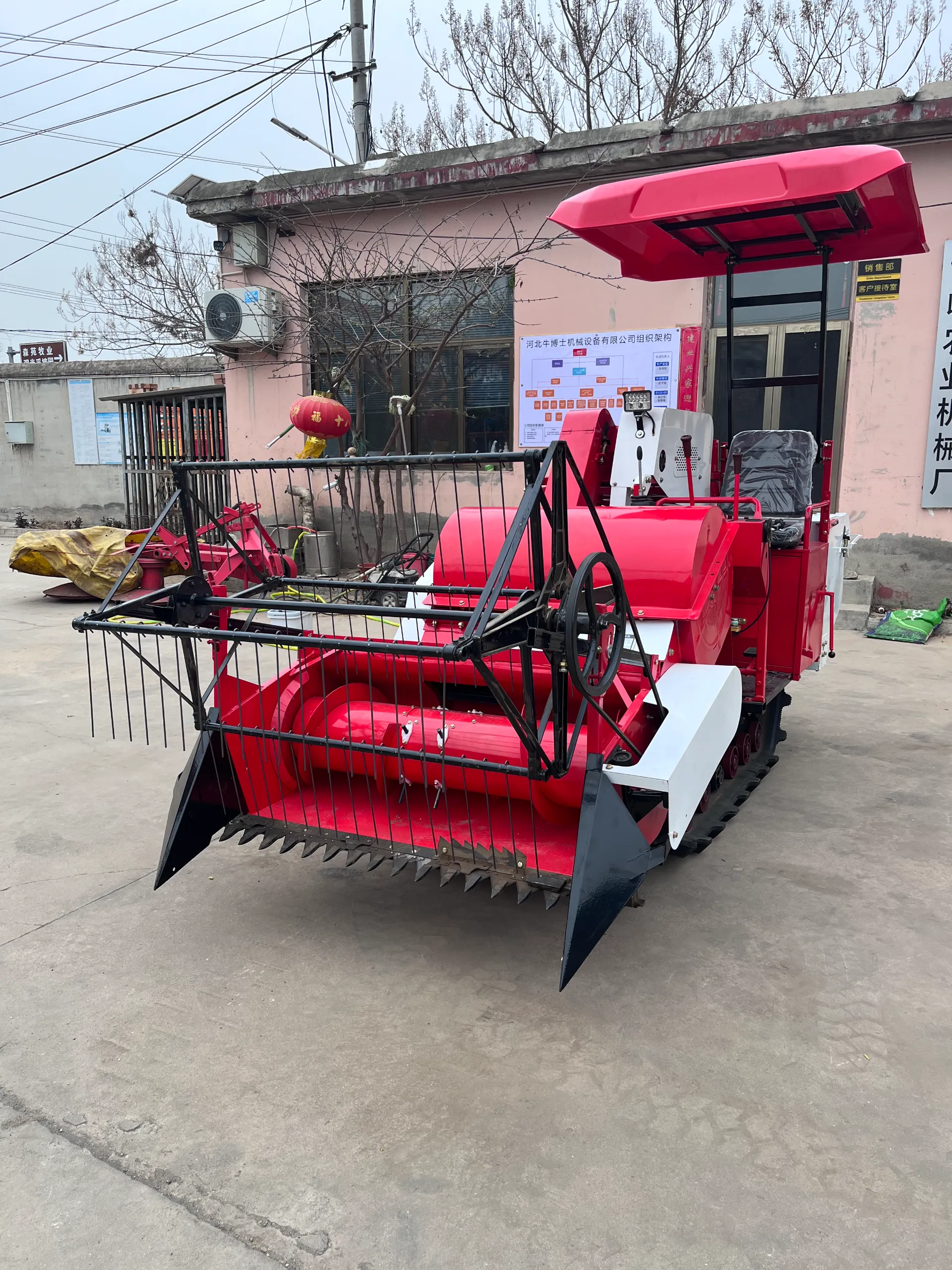Innovative Hay Harvesting Techniques for Efficient Swathing and Crop Management
The Hay Swather Essential Equipment for Efficient Hay Production
When it comes to agriculture, particularly in the field of forage management, efficiency plays a critical role in maximizing yield and minimizing loss. One of the unsung heroes of the hay-making process is the hay swather. This vital piece of equipment revolutionizes how farmers harvest hay, ensuring that the delicate process of cutting and drying forage is handled with care and precision.
What is a Hay Swather?
A hay swather, also known as a mower-conditioner or simply a swather, is a machine designed to cut grass or legumes and lay them out in rows to facilitate drying. Unlike traditional mowers that simply cut the crop and leave it on the ground, the hay swather uses a mechanism to condition the hay as it is cut. This conditioning process often involves crimping or bruising the stems of the plants, which helps to speed up the drying process. By laying the cut forage in swaths, the hay swather increases the surface area exposed to air and sunlight, promoting even drying.
The Importance of Timing in Hay Production
In hay production, timing is everything. Farmers must cut their forage when it reaches the optimal stage of growth to ensure the highest nutritional value. Overripe hay can lead to reduced quality and lower digestibility. A hay swather allows farmers to react swiftly to changes in weather conditions or crop maturity. It can cut large fields efficiently, ensuring that the hay is harvested at the right time. This capability prevents potential losses due to weather events, such as unexpected rainstorms, which can ruin uncut or improperly dried hay.
Features of Modern Hay Swathers
Modern hay swathers come equipped with various features that enhance performance and ease of use. Many models have adjustable cutting widths, allowing farmers to optimize their swathing according to field size and shape. Additionally, advancements in technology have led to the incorporation of GPS guidance systems, which improve accuracy and reduce overlaps, making the harvesting process more efficient.
hay swather

Another significant development is the inclusion of rotary cutter bars, which can slice through tough stems with ease, reducing the time and effort required to cut dense forage. Furthermore, some swathers are designed for easy transport, allowing farmers to quickly move between fields with minimal downtime.
Benefits of Using a Hay Swather
The benefits of employing a hay swather are numerous. Firstly, the conditioning feature significantly reduces the drying time of freshly cut hay, which can be crucial during humid days. Faster drying means that farmers can bale their hay sooner, reducing the risk of spoilage and ensuring high-quality feed for livestock.
Secondly, the ability to lay the hay in even rows promotes uniform drying, leading to a more consistent final product. This consistency is essential for farmers who sell hay, as buyers often expect specific quality standards.
Finally, using a hay swather can reduce the physical demand on farm workers. The machine allows for quicker and easier harvesting, which can help alleviate fatigue during peak hay production seasons.
Conclusion
In summary, the hay swather is a pivotal tool in modern agricultural practices, particularly for those involved in forage production. By enhancing efficiency, optimizing drying times, and ensuring high-quality results, hay swathers play an essential role in the overall success of a farm. As technology continues to advance, the capabilities of these machines will only improve, further benefiting farmers and the agricultural industry as a whole. Investing in a reliable hay swather is not just a choice but a commitment to producing the best possible forage for livestock, ultimately supporting the wider economy and food supply chain.
Latest news
-
When to Upgrade Your Old Forage HarvesterNewsJun.05,2025
-
One Forage Harvester for All Your NeedsNewsJun.05,2025
-
Mastering the Grass Reaper MachineNewsJun.05,2025
-
How Small Farms Make Full Use of Wheat ReaperNewsJun.05,2025
-
Harvesting Wheat the Easy Way: Use a Mini Tractor ReaperNewsJun.05,2025
-
Growing Demand for the Mini Tractor Reaper in AsiaNewsJun.05,2025
